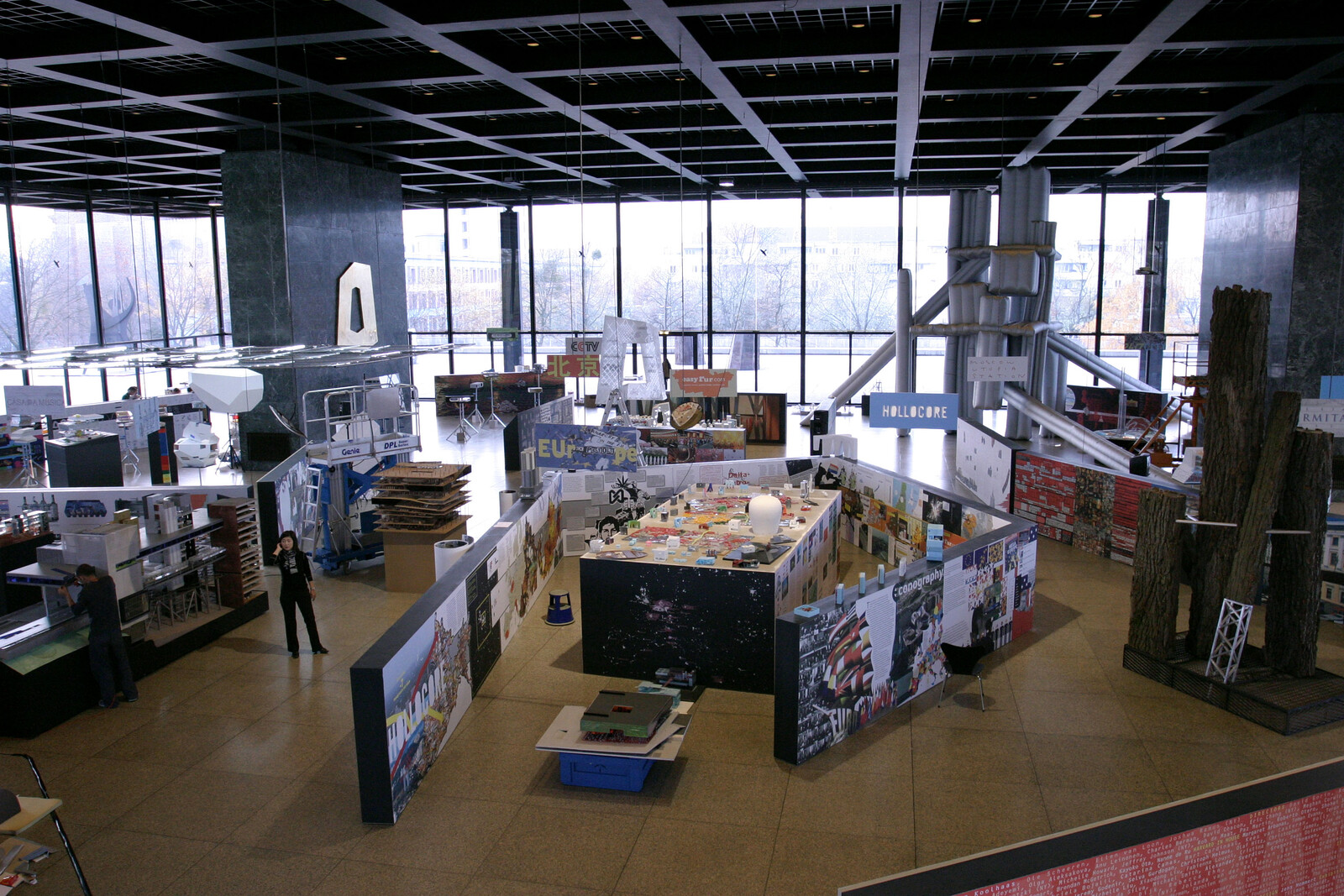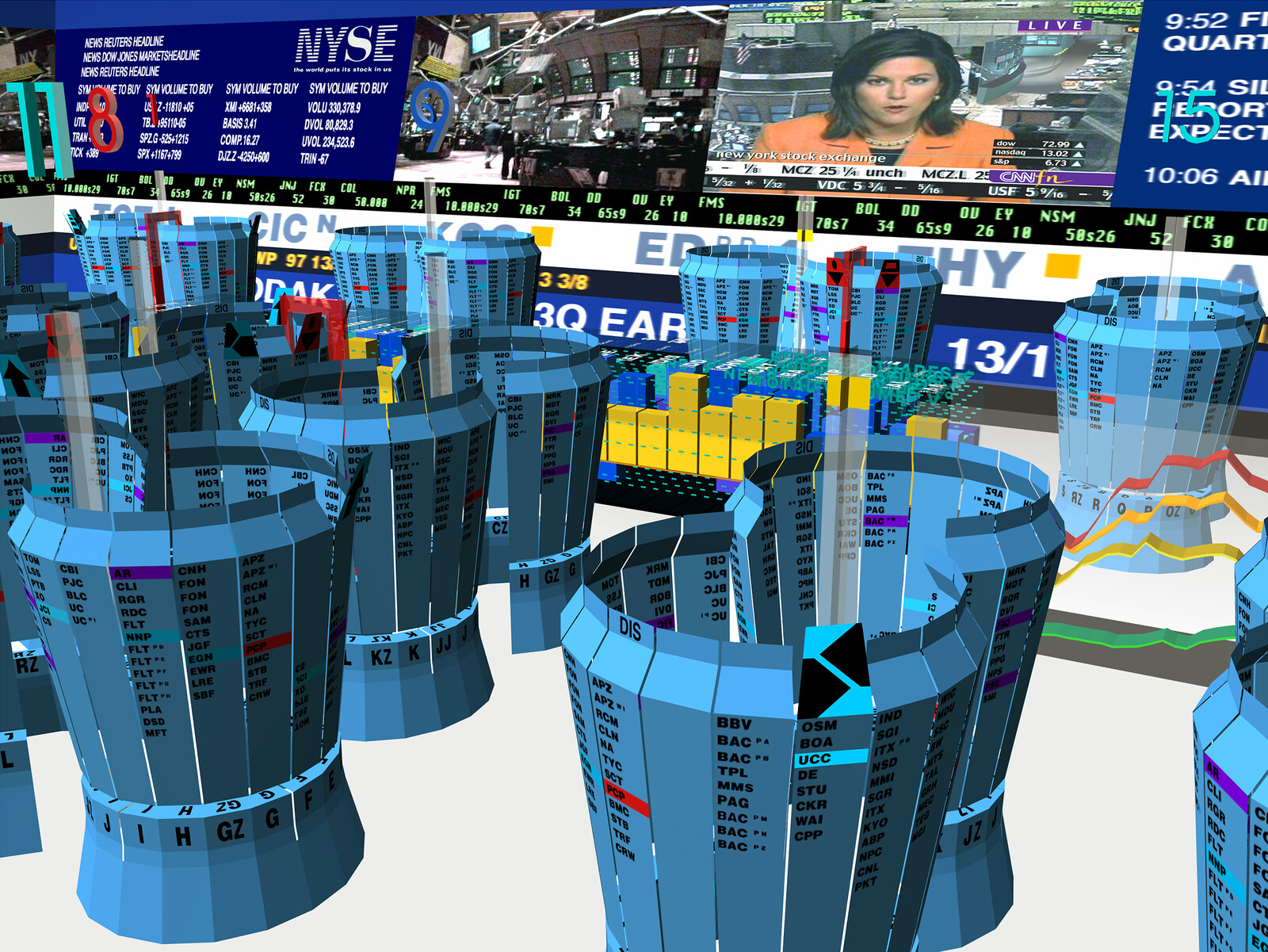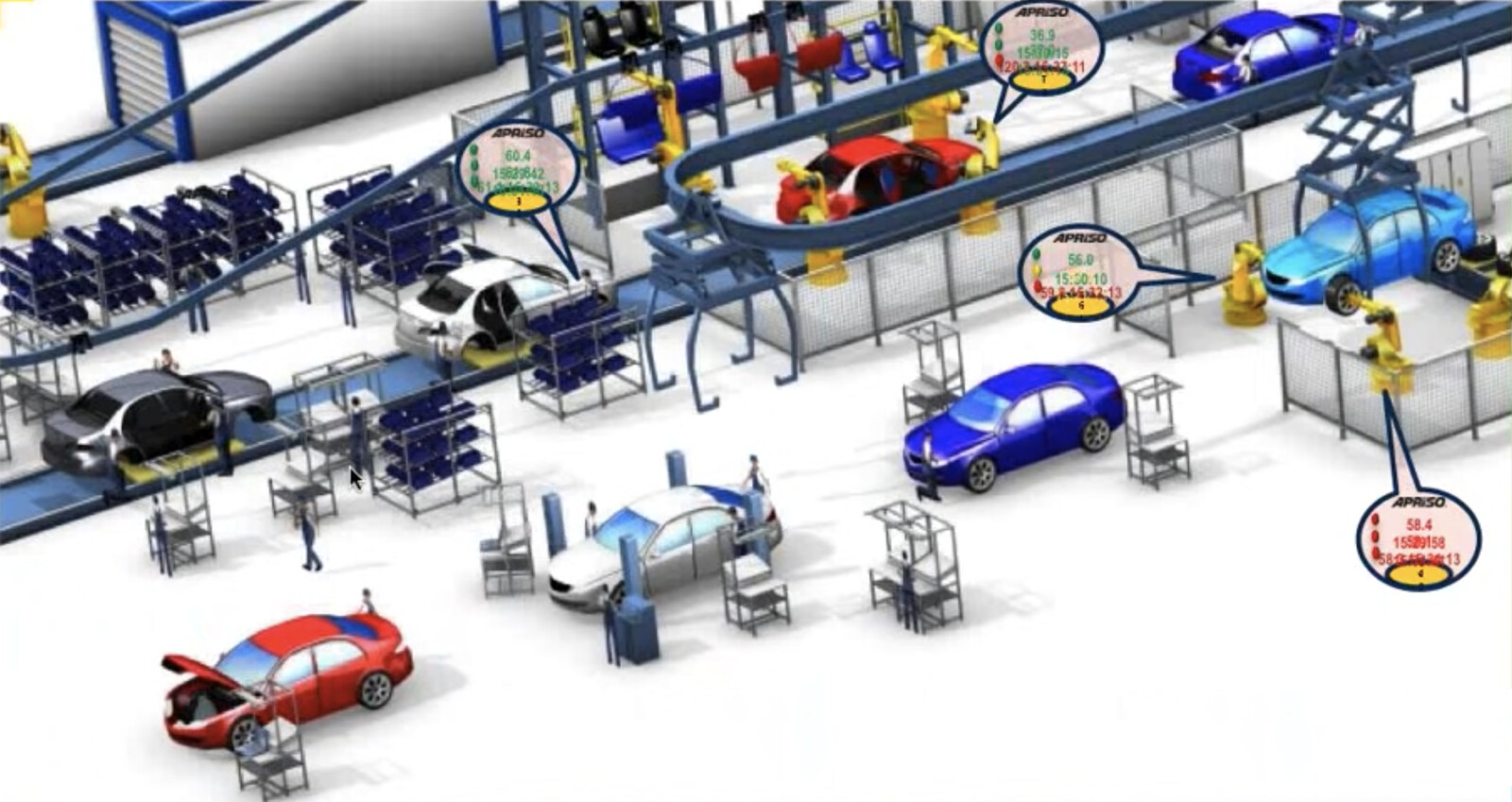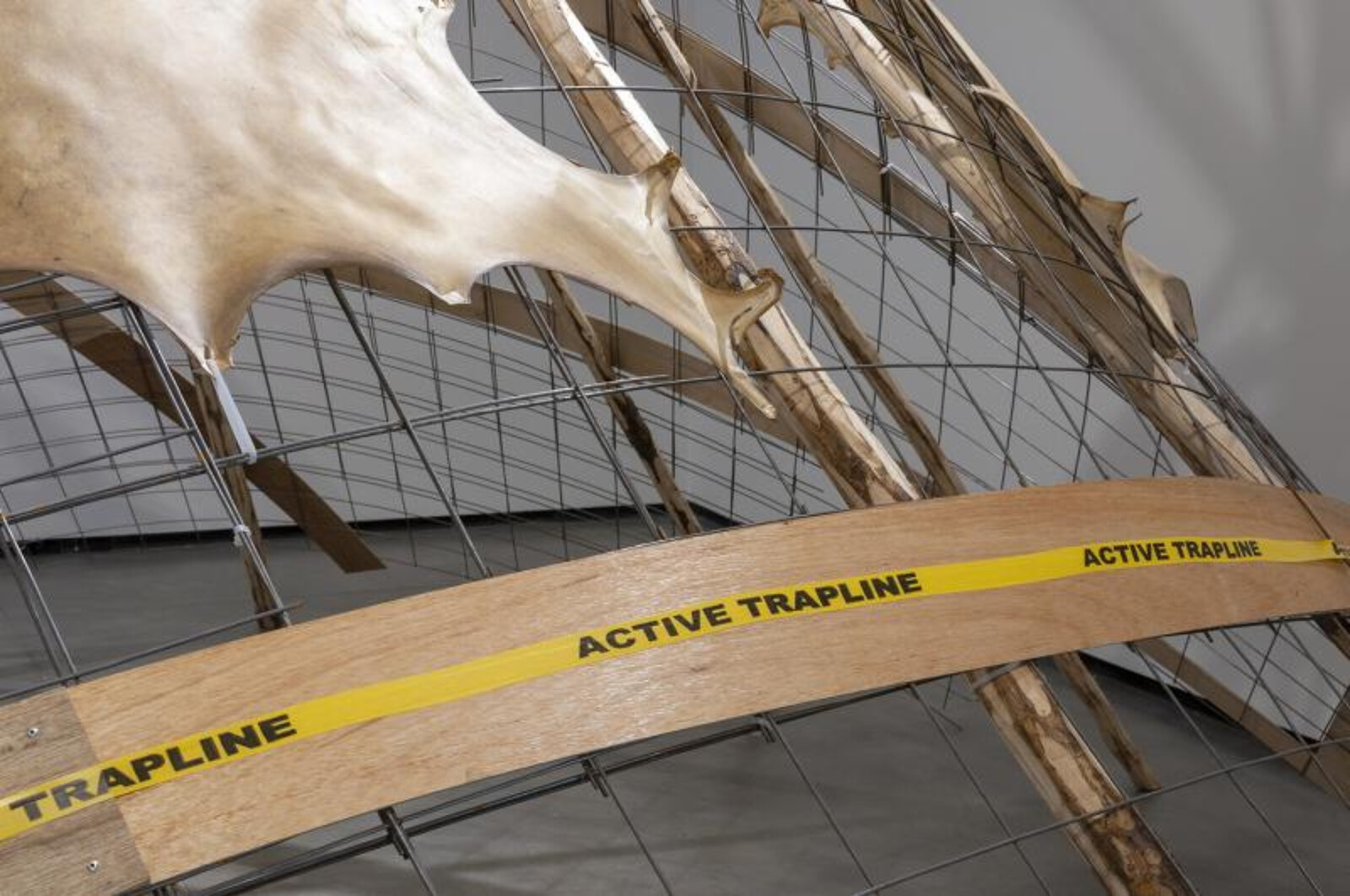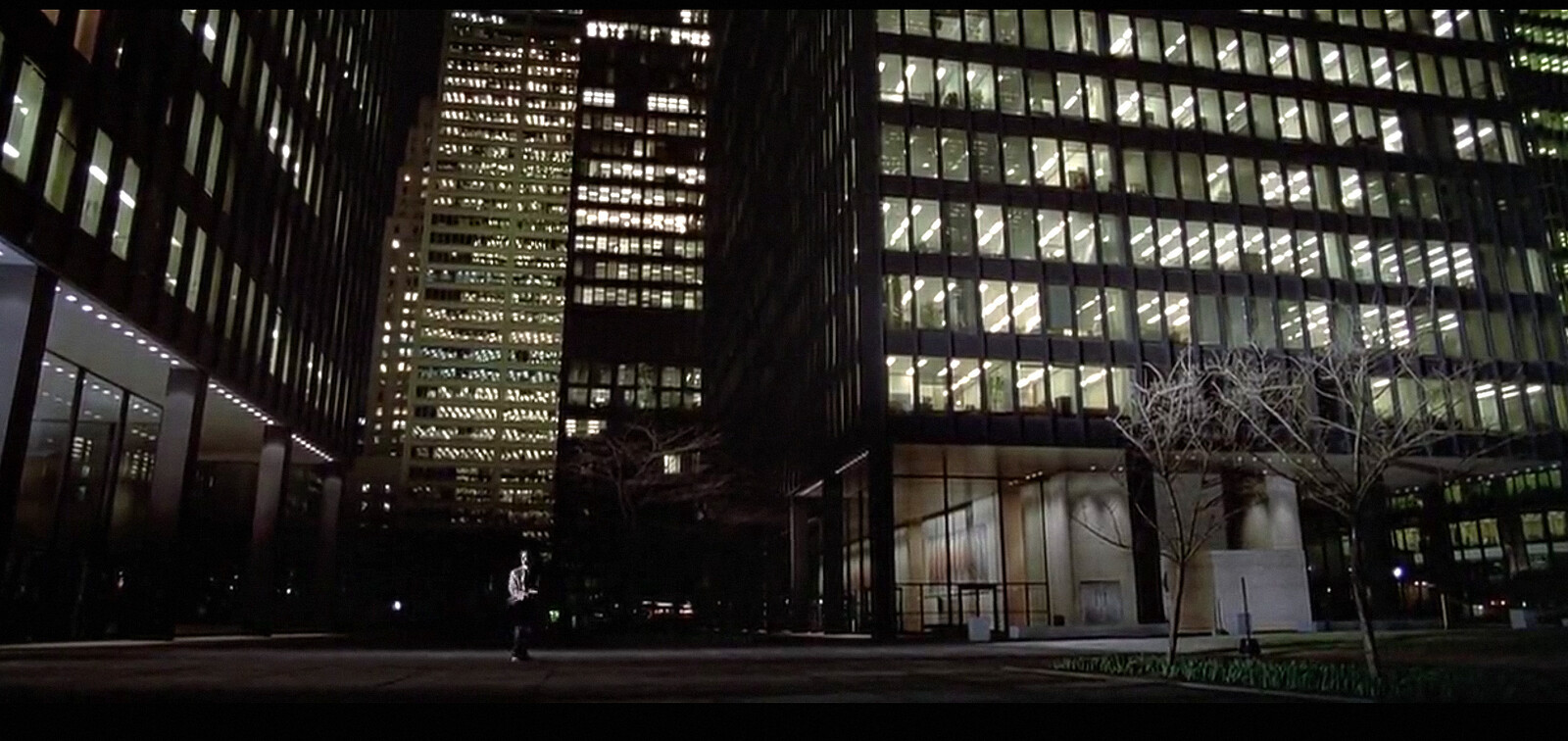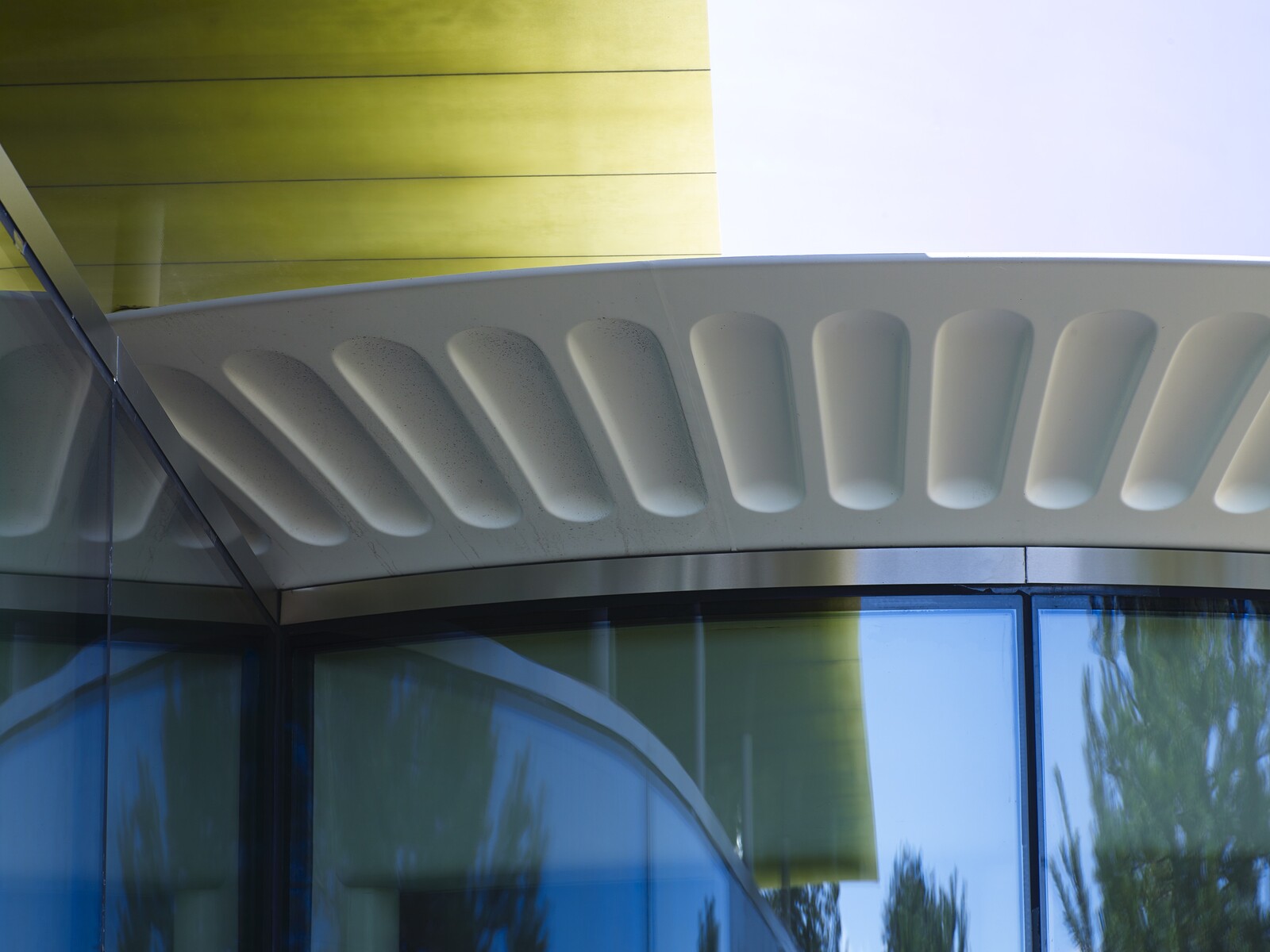As both object and idea, the model plays a primary role in the design processes of architecture and theater design, where it is central to generating and representing ideas. In this context, models are epistemic tools that assemble and disseminate knowledge, progressing a design incrementally while converging on a final object, form, or space. However, models are also physical and conceptual instruments of the cosmopoietic (world-making) act, capable of creating partial or entire worlds.
Traditionally, the physical scale model appears in two distinct phases: first, within the conceptual development phase, to generate form, resolve issues of materiality, and physically manifest theoretical and programmatic ideas; and secondly, during the physical making of the model, it generates a non-linear dialogue between emerging artefact and idea in an iterative and incremental progression of continual refinement. The result of this phase is a sequence of iterative models. In a later, more stable phase, the model is constructed to represent a final design to communicate a proposed scheme or exhibit an existing structure. Here, a dialogue occurs between the representative model and what it represents in the past or future. Modelling not only carves out possibilities and predicts spatial outcomes relating to the site and its context; it makes them visible.
The model’s performative (reality-constructing) and world-making dimensions align closely with contemporary understandings of the model in exhibition, visual arts, and performance contexts. Beyond the traditional design typology of an iterative or representative model, there is a third category: the autonomous model. The autonomous model is conceptualized and created as a model with no expectation of a past or future construction, and no view to producing another artifact based on it. The autonomous model unfolds its performative qualities in the expanded practices of architecture, theater, and the visual arts, where transformative, mediated, and dynamic elements provoke and disrupt the traditionally static scale model. While all models are inherently performative and able to both generate and communicate knowledge, it is the model at the threshold between architecture, installation, and performance that most pointedly speaks to its autonomy.
What follows are a series of case studies of full-scale or 1:1 models that operate in and between the genres of architecture, exhibition and performance. While decades apart and engaging with diverse media, they expand the model’s definition towards a participative and critical tool that has its own reality in the moment of the liveness of performance and reception.
Model, Double, Doppelgänger
The idea of the architectural model as a double or doppelgänger is analogous to its literary twin first defined by nineteenth-century German linguists, the brothers Grimm in their 1838 German Dictionary as a “double walker, or somebody who is thought to show himself at the same time at two different locations.“1 Here, both “double subject” and architectural doppelgänger are inscribed into the mythical, romantic “double walker.” Further reflection on the concept of the architectural doppelgänger suggests that the dual space is rarely an identical twin but is more likely to present itself across several sites, in diverse scales and temporalities.
The twin churches, Santa Maria di Miracoli (1681) and Santa Maria di Montesanto (1675), on Rome’s Piazza del Popolo illustrate this. It is evident that the architectural objects are doubled, but it is challenging to differentiate between original and copy, even when one is aware of the chronological order in which their construction was completed. Two parameters characterize the definition of the architectural doppelgänger. The first is theatricality, in that only the spectator’s gaze can confirm the doppelgänger’s existence and establish a heightened presence or perception. The second comprises the emergence of a performative space between site, spectator, and doppelgänger(s) for the duration of the gaze, or “performance.” Importantly, the doppelgänger might not exclusively be a mythical twin, existing side by side or as a ghosting presence, but instead could have been constructed in another place at another time in a different medium. Such an architectural doppelgänger performance may no longer be a simultaneous or unified occurrence, but somewhat fragmented and defined by complex relationships between the two subjects, including original and copy, idea and representation, model, and object.
Bernard Tschumi’s Acropolis Museum (2009) and the Acropolis (447 BCE) are framed in a similar “double” relationship. The museum comprises three volumes or floors in a layered system of ground, middle, and upper Glass Pavilion. The ground floor floats above the archaeological ruins that predate the museum, and the center comprises the primary Archaeological Galleries. Both are aligned with the existing urban grid. The Glass Pavilion at the top of the museum, however, is shifted and brought into exact parallel alignment with the Parthenon. At this level, the exhibit is a 1:1 scale model of the Parthenon’s frieze, which has been lowered to eye height. The floor-to-ceiling glass windows facilitate a direct visual connection between the 1:1 model and the Parthenon itself, allowing both to be viewed simultaneously. Fragments of the remaining frieze and darkened plaster copies that indicate the form and positioning of the original pieces are mounted on large reflective stainless steel pipes symbolizing the columns of the Parthenon.
Visually and metaphorically interrupting this axis of history are the remnants of the Dionysian Theater, which is located between the Acropolis and the Acropolis Musuem. The museum appears behind the theater’s proscenium (stage), revealing itself as the other self: the site that houses both the actual and missing relics that justify its existence. The museum that is looked at and, in turn, observes the Parthenon is a double space, a space that speaks, in negation, of the “potentiality of a whole while presenting as a full-scale model, both autonomous of and referential to the Parthenon”2
Model, Knowledge, Performance
The architectural doppelgänger brings to the fore the inherent qualities of the model when it is interrogated not simply as a step towards a future realization, a second order object, or a purely pragmatic tool, but rather as an active agent in a disciplinary and interdisciplinary discourse that can make a valid statement about past, present, future, and imaginary worlds. Models are well-established cultural tools, and model-making is an equally established cultural technique that enables the testing and understanding of complex ideas, situations, concepts, and theories through exploration and experimentation.
Models have been used for centuries in Western and Non-Western cultures as instruments to change, expand, and improve structural and material traditions and forms. The model—any model in architecture, philosophy, or the sciences—can refer to reality or aspects of reality but is also capable of producing its own complete reality.3 Reality is thus not privileged over the model, conceptually or temporally, and in this sense, reality does not denote the origin(al), nor the model denotes the copy. The concept of the co-existence of model and reality renders ideas of original and copy obsolete and opens the model toward an autonomous existence without past or future.
However, the model’s epistemological quality must be externalized to be of value. Philosopher and model theorist Marx Wartofsky calls the model a purposeful or teleological tool that needs to be actualized or “performed” to be able to communicate “beyond its present form into a future.”4 Thus, the model has a dual epistemic function: it produces knowledge through distinct modelling processes, and communicates knowledge through its final form. However, as model theorist Herbert Stachowiak argues, more than one model may be necessary to explain, test, indicate, or express an idea.5 Further, no linear relationship between the original (which may also be a model) and the model may be assumed. Stachowiak states that every model is a necessary abstraction from reality in that it pares down the problem to its essential components and intentionally removes omissible details. Therefore, while one model may be adequate, depending on the model’s objective and purpose, scale, and materiality, several models may be required, iterative or otherwise, to communicate the idea. The model thus creates and inhabits its reality, whether strongly interdependent in terms of scale, materiality, and level of detail, or independent in cases where material exploration, speculative imagination, and utopian goals may be paramount.
The model and the notion of performativity offers an interdisciplinary set of concepts and methods that enables new expressions and critical reflections on the architectural discipline itself. The performative and its reality-constructing quality both challenges and affirms architecture’s central motive for constructing (inhabitable) objects. The performative also opens architecture toward a fluidity of materiality, representation, and participation. This was exemplified in the 1976 exhibition Idea as Model at the New York Institute for Architecture and Urban Studies, which sought to use models and installations as a “test bed for the existence of conceptual models” and to investigate the architectural discipline itself.
The contribution to the exhibition by Gordon Matta-Clark exemplifies the disruption of the classical architecture exhibition toward a critical performance of architecture. Rather than simply displaying 1:1 photographs of vandalized windows in the South Bronx as a statement on the failure of American modernist urban politics, Matta-Clark shot out every window in the Institute’s gallery with an air gun and placed a photo in each showing a new housing project in the South Bronx whose windows had been broken by residents, thus creating a full-scale model through performative processes of destruction and (re-)enactment. Window Blow-Out presents the viewer with a world of impassive architecture when confronted with urban social reality. It exemplifies the dual qualities of the model as a “model of” and a “model for” that carries a set of meanings outside its physical manifestation.
Model, Reality, Worldmaking
Models have a semantic surplus beyond their physical form that may be described as an atmosphere, a distinctive aesthetic, and a set of meanings or symbolic representations that do not strictly relate to reality, scale, or purpose. The world or reality of the model is made up of all these immaterial qualities working together within its material reality and evidences its cosmopoietic potential. The idea that the world is a paradeigma (model) of an eternal cosmos is at the root of the idea of cosmopoiesis.
In the Timaeus dialogue, Plato develops a cosmology based on the notion that a divine creator, the demiurge, created a unified cosmos out of chaos using an eternal model.6 Plato concedes that the model is a rational construction copied from an unchanging original. It is teleological in that it aspires towards a result that is both ordered and harmonious, though this depends entirely on the original (model) the divine craftsman chooses. The eternal model thus must be viewed as an intellectual and rational ideal rather than a real-world example of perfection. As a result, the model is unique and always original, eliminating the distinctions between the original and copy, between the idea, the intention, and the realization because it is “stable and reliable”—or, in other words, “real.” If this framework of production and reception is purposefully disrupted, however, the model then steps out of its conventionalized existence and requires new consideration. Depending on the intention, scale, and materiality, a model’s cosmopoietic or world-making capacity can encourage spectators’ or visitors’ immersion into the model world. In contrast, the ability of the model to create new worlds further increases its performative potential.
Performative, digital, and virtual models are often conceptualized in opposition to architecture’s permanence and durability and take on ephemeral, fleeting, non-material forms, like in Kyoto-based artist collective Dumb Type’s TRACE/REACT II (2020). In their installation, an artificial intelligence bot is programmed to search the internet for words related to their foundational model of human existence and organize the textual (search) results into an immersive space.7 While the parameters of the initial model are signified by five elemental concepts—Love, Sex, Death, Money, and Life—a semantically complex digital mirror emerges in which the audience steps into a flow of “open signifiers” and is immediately struck by their loss of agency in deciphering or calibrating reality.8 The installation’s highly spatial yet abstract nature is reinforced by mirrored floors and moving white text on a black background, making the audience appear to float amongst a sea of text.
The autonomous and open-ended nature of this AI-driven installation sets it apart from other models in that it undergoes continuous and independent evolution, constantly reinventing its own future reality in real time. This type of model operates across representational, iterative, and autonomous model typologies in that it is an abstract representation of the human self, undergoing rapid iteration while not proposing a future structure other than further iterations of itself. While it might be tempting to extrapolate this into future developments of parallel material and virtual worlds in which the notion of the double and the model would seem to have a strong currency, Dumb Type’s central artistic premise reminds us of the potential loss of agency that may accompany the implementation of such worlds.9
When viewed as a valid and autonomous entity rather than a second-order object, the model is inherently performative, epistemic, and capable of constructing whole words. The model is cosmopoietic, and this capacity explains, in part, its enduring fascination independent of scale. The performative knowledge space that opens between the model, the environment (of its performance), and the spectator/visitor/participant for the duration of the model’s performance is innately experimental and enables dynamic, fluid, and unforeseen interactions and outcomes. The model’s inherent knowledge is incrementally externalized through research and modelling processes, and its material form emerges in dialogue with its conceptual identity.
“DOPPELGÄNGER, auch wol doppeltgänger, m., jemand von dem man wähnt er könne sich zu gleicher zeit an zwei verschiedenen orten zeigen,” Der digitale Grimm, Bd. 2, Sp. 1263, (1838), trans. Authors, ➝.
Thea Brejzek and Lawrence Wallen, “Subject, Site and Sight: Freud and Tschumi on the Acropolis.” In: Claudia Perren, Sarah Breen Lovett, and Ross Anderson eds., Reverse Projections: Expanded Architecture at The Rocks (Berlin: Broken Dimanche Press, 2013), 52-57.
Olafur Eliasson, “Models are Real,” 306090 Books 11 (2007): 19.
Marx W. Wartofsky, Models: Representation and the Scientific Understanding (Dordrecht, Holland, Boston: D. Reidel Publishing Company, 1979), 148.
Herbert Stachowiak, Allgemeine Modelltheorie (Wien: Springer Verlag, 1973).
Plato, Timaeus and Critias, trans. Robin Waterfield (Oxford: Oxford University Press, 2008), 28A.
Damian Lentini, “Amplifying the circuit of experience. Dumb Type’s multifarious practice.” In: Damian Lentini ed., Dumb Type (Vienna: VfmK, 2022), 26.
Based on their 1994 exhibition, On the Human Condition: Hope and Despair at the End of the Century.
The artwork questions “our ability to decipher reality in a world which is increasingly being shaped by digital and artificial ‘intelligences.’” Lentini, “Amplifying the circuit of experience.”
On Models is a collaboration between e-flux Architecture and The Museum of Contemporary Art Toronto.
